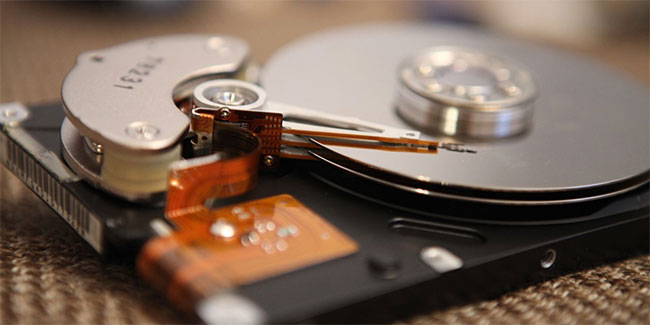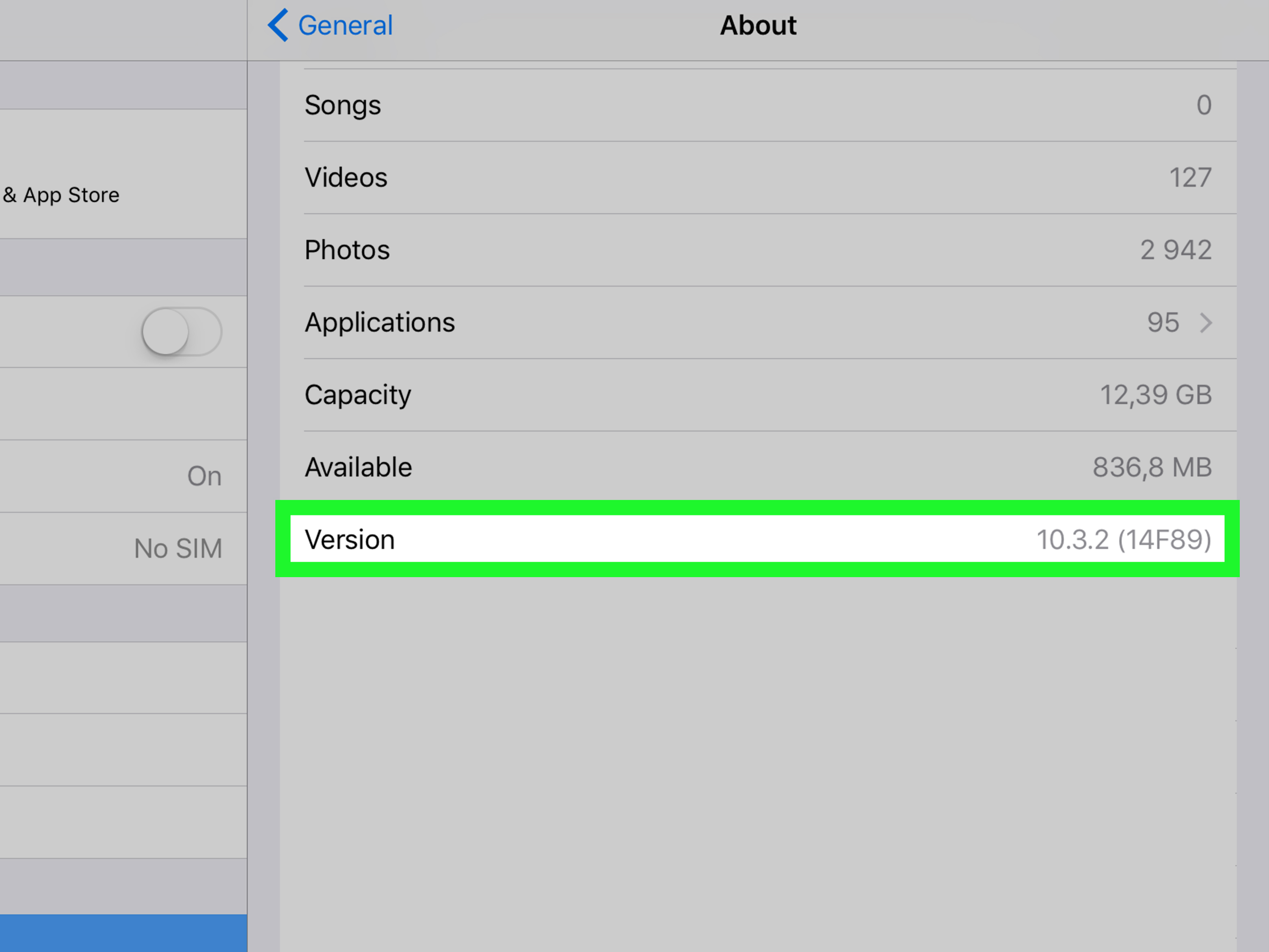8 other uses of external hard drives/NAS besides file storage
This leads to a situation where everything you own is already stored, but there is still a lot of free space. If you're wondering what else you can do with an external hard drive or a NAS drive, the answer is pretty much it. The options increase dramatically if you own a NAS, but even a regular external hard drive can do much more than store files.
Here are 8 ways to make the most of excess storage in your external hard drive/NAS.

1. Automatic Backup
Computers are not always reliable, it is important to back up files regularly. Most people make occasional backups, but don't bother with automatic backups either. This is a mistake because if the computer fails at the wrong time, everything saved after the most recent backup will be lost. If you have extra storage space, there's no reason for this to happen. Whether you own an external hard drive or a NAS drive, setting up automatic backups shouldn't be difficult.
2. RAID
If you're serious about backing up your important files, you should also consider implementing RAID. RAID stands for Random Array of Inexpensive Disks. It has the potential to provide faster read speeds. But the main benefit of RAID for most people is that it allows you to keep your files in case the hard drive fails. RAID achieves this by storing your data across multiple drives. This way, if something goes wrong, your data is still available. The only downside to RAID is that it requires at least two drives.
3. Scratch disk
Scratch disk is a drive that acts as data storage for programs. When you open a program, temporary files are usually created. Scratch disk stores these files so they don't fill up your computer's hard drive and slow it down. Scratch disk is useful for any computer, but it is mainly used by people who edit videos or use other data-heavy applications. With a scratch disk installed, you can run any program without ever affecting your computer's hard drive.
4. Host your own cloud storage
The NAS can be used to create your own personal cloud storage. If you already have a cloud storage account, you can still create your own. Free and limited personal cloud storage is limited to the size of the NAS. It can also provide identical functionality to a paid cloud storage service, allowing you to sync your devices and access the necessary files anywhere automatically.
5. Set up a security system
Home security systems are growing in popularity thanks to products like Ring. If you own a NAS, you can also set up your own security system using the webcam. You can also do this with cloud storage, but NAS is arguably more suitable. Along with offering a huge amount of storage with no monthly fees, it allows you to record your footage offline, preventing possible privacy concerns.
6. Stream media
Standard hard drives are useful for storing media content, but a NAS can also be used to stream this content and make it accessible from any device. You can store movies or music and then access them on your TV or speaker system. Applications such as Plex can also be installed on the NAS. This provides an interface similar to Netflix and makes accessing files easier. The NAS is primarily used to stream media in the home, but it can also be used to transfer those files over the web.
7. Host a virtual machine
If your NAS device has enough RAM, you can use it to host a virtual machine. Virtual machines can be used for many purposes, including running dangerous applications in isolated environments and trying out new operating systems. By hosting a virtual machine on the NAS, you can also set up a desktop that can be accessed from any device in the house and over the Internet.
8. Manage torrents
The NAS can be used to torrent files without using a computer. By downloading torrents directly to the NAS, you not only save space on your computer, but also allow you to torrent files when the computer is turned off. This allows you to torrent files 24 hours a day. It also allows you to set up torrents to only download when you don't need the bandwidth for any other purpose.

External hard drives and NAS drives are mainly used for storage. They are ideal if your computer has limited space and act as a backup if your hard drive fails. However, this is just one of their many uses.
If you want to get the most out of these devices, you should use them for other additional purposes. External hard drives are ideal for RAID and scratch disks. Meanwhile, NAS drives can change the way you stream media and provide access to files from anywhere.
You should read it
- The Best External Hard Drives for 2020
- 7 best external hard drives
- Experience gold when choosing to buy an external hard drive
- Top 10 external hard drives
- How to fix an external hard drive error is not displayed on the Mac
- Multi-level SSD: SLC, MLC, TLC, QLC and PLC?
- Causes and ways to fix external hard drive slow on Windows 10
- How to Transfer Data Between Two Hard Drives
- Looking back on 60 years of miraculous development of hard drives today
- 7 mistakes easily 'kill' SSDs
- The best mobile hard drives in the world
- Differences between SSD and HDD hard drives






 Pros and cons of using an external hard drive for PS4
Pros and cons of using an external hard drive for PS4 The Best External Hard Drives for 2020
The Best External Hard Drives for 2020 How to fix an external hard drive error is not displayed on the Mac
How to fix an external hard drive error is not displayed on the Mac 5 best external hard drives of 2024
5 best external hard drives of 2024 7 best external hard drives
7 best external hard drives Everything you need to know about external hard drives Xbox One
Everything you need to know about external hard drives Xbox One